
The Massachusetts Bay Transportation Authority is the public agency responsible for operating most public transportation services in Greater Boston, Massachusetts. The MBTA transit network includes the MBTA subway with three metro lines, two light rail lines, and a five-line bus rapid transit system ; MBTA bus local and express service; the twelve-line MBTA Commuter Rail system, and several ferry routes. In 2023, the system had a ridership of 239,981,700, or about 731,200 per weekday as of the first quarter of 2024, of which the rapid transit lines averaged 255,800 and the light rail lines 63,600, making it the fourth-busiest rapid transit system and the third-busiest light rail system in the United States. As of the first quarter of 2024, average weekday ridership of the commuter rail system was 100,400, making it the fifth-busiest commuter rail system in the U.S.

A people mover or automated people mover (APM) is a type of small scale automated guideway transit system. The term is generally used only to describe systems serving relatively small areas such as airports, downtown districts or theme parks.

Light rail transit (LRT) is a form of passenger urban rail transport using rolling stock derived from tram technology while also having some features from rapid transit or metro systems.
Metro, short for metropolitan, may refer to:
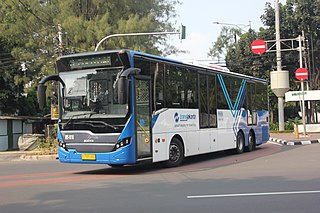
Bus rapid transit (BRT), also referred to as a busway or transitway, is a bus-based public transport system designed to have much more capacity, reliability and other quality features than a conventional bus system. Typically, a BRT system includes roadways that are dedicated to buses, and gives priority to buses at intersections where buses may interact with other traffic; alongside design features to reduce delays caused by passengers boarding or leaving buses, or paying fares. BRT aims to combine the capacity and speed of a light rail transit (LRT) or mass rapid transit (MRT) system with the flexibility, lower cost and simplicity of a bus system.

An automated guideway transit (AGT) or automated fixed-guideway transit or automatic guideway transit system is a type of fixed guideway transit infrastructure with a riding or suspension track that supports and physically guides one or more driverless vehicles along its length. The vehicles are often rubber tired or steel wheeled, but other traction systems including air cushion, suspended monorail and maglev have been implemented. The guideway provides both physical support, like a road, as well as the guidance. An automated line can be cheaper to run than a conventional line, due to the shorter trains and stations.

Innovia Metro is an automated rapid transit system manufactured by Alstom. Innovia Metro systems run on conventional metal rails and pull power from a third rail but are powered by a linear induction motor that provides traction by using magnetic force to pull on a "fourth rail" placed between the running rails. However, newer versions of the technology are available with standard electric rotary propulsion.

Guided buses are buses capable of being steered by external means, usually on a dedicated track or roll way that excludes other traffic, permitting the maintenance of schedules even during rush hours. Unlike railbus, trolleybuses or rubber-tyred trams, for part of their routes guided buses are able to share road space with general traffic along conventional roads, or with conventional buses on standard bus lanes.

Intermodal passenger transport, also called mixed-mode commuting, involves using two or more modes of transportation in a journey. Mixed-mode commuting is often used to combine the strengths of various transportation options. A major goal of modern intermodal passenger transport is to reduce dependence on the automobile as the major mode of ground transportation and increase use of public transport. To assist the traveller, various intermodal journey planners such as Rome2rio and Google Transit have been devised to help travellers plan and schedule their journey.
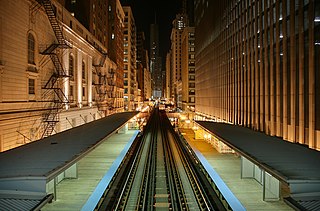
Urban rail transit is a wide term for various types of local rail systems providing passenger service within and around urban or suburban areas. The set of urban rail systems can be roughly subdivided into the following categories, which sometimes overlap because some systems or lines have aspects of multiple types.
Various terms are used for passenger railway lines and equipment; the usage of these terms differs substantially between areas:

The Urban Transportation Development Corporation Ltd. (UTDC) was a Crown corporation owned by the Government of Ontario, Canada. It was established in the 1970s as a way to enter what was then expected to be a burgeoning market in advanced light rail mass transit systems. It developed significant expertise in linear propulsion, steerable trucks and driverless system controls which were integrated into a transit system known as the Intermediate Capacity Transit System (ICTS). It was designed to provide service at rider levels between a traditional subway on the upper end and buses and streetcars on the lower, filling a niche aimed at suburbs that were otherwise expensive to service.
Mass transit refers to shared transportation services used by the general public.
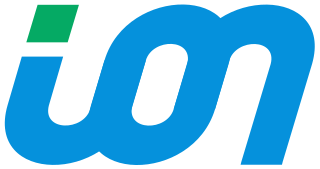
Ion, stylized as ION, is an integrated public transportation network in the Regional Municipality of Waterloo in Ontario, Canada. It is operated by Keolis and is part of the Grand River Transit (GRT) system, partially replacing GRT's Route 200 iXpress bus service. The section of the bus route serving Cambridge has been renamed "Ion Bus", and renumbered as 302. The first phase commenced operations on June 21, 2019, between the north end of Waterloo and the south end of Kitchener. A future extension of light rail to the downtown Galt area of Cambridge is planned but construction may not begin on that line until 2028. In 2023, Ion LRT had an annual ridership of 4.3 million, and a daily ridership of 11,780.
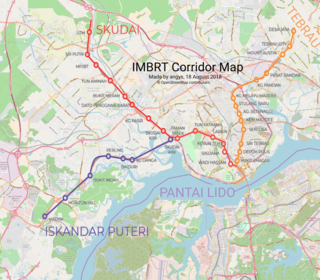
The Iskandar Malaysia Bus Rapid Transit (IMBRT) was a bus rapid transit system to be built in and around Iskandar Malaysia, Johor, Malaysia. It was to have consisted of trunk, direct, and feeder bus rapid transit corridors. The project was cancelled in 2024 due to insufficient capacity to handle projected traffic.

GO ALRT was a rapid transit system proposed by GO Transit in 1982. The ALRT system would have been implemented along two new lines in the Greater Toronto Area. It would have utilized a new electric train to provide interurban service, then referred to as "inter-regional rapid transit", along the existing and new GO corridors. The system was based on an enlarged UTDC ICTS vehicle that was designed to offer a compromise between passenger capacity and the level of infrastructure needed. The project was cancelled due to budget cuts by the Tory government in 1985. However, a number of the proposed lines were later implemented using conventional heavy rail systems, including the eastern portion of the Lakeshore East GO train service route from Pickering station to Whitby station in the Durham region.

Rapid transit or mass rapid transit (MRT), commonly referred to as metro, is a type of high-capacity public transport that is generally built in urban areas. A grade separated rapid transit line below ground surface through a tunnel can be regionally called a subway, tube, or underground. They are sometimes grade-separated on elevated railways, in which case some are referred to as el trains - short for "elevated". Unlike buses or trams, rapid transit systems are railways, usually electric, that operate on an exclusive right-of-way, which cannot be accessed by pedestrians or other vehicles.
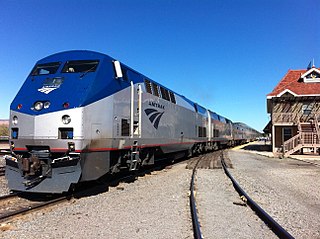
The United States is serviced by a wide array of public transportation, including various forms of bus, rail, ferry, and sometimes, airline services. Most established public transit systems are located in central, urban areas where there is enough density and public demand to require public transportation. In more auto-centric suburban localities, public transit is normally, but not always, less frequent and less common. Most public transit services in the United States are either national, regional/commuter, or local, depending on the type of service. Sometimes "public transportation" in the United States is an umbrella term used synonymously with "alternative transportation", meaning any form of mobility that excludes driving alone by automobile. This can sometimes include carpooling, vanpooling, on-demand mobility, infrastructure that is oriented toward bicycles, and paratransit service. There is public transit service in most US cities.
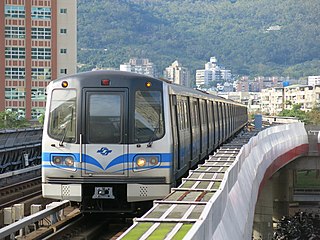
Public transport is a system of transport for passengers by group travel systems available for use by the general public unlike private transport, typically managed on a schedule, operated on established routes, and that may charge a posted fee for each trip. There is no rigid definition of which kinds of transport are included, and air travel is often not thought of when discussing public transport—dictionaries use wording like "buses, trains, etc." Examples of public transport include city buses, trolleybuses, trams and passenger trains, rapid transit and ferries. Public transport between cities is dominated by airlines, coaches, and intercity rail. High-speed rail networks are being developed in many parts of the world.















